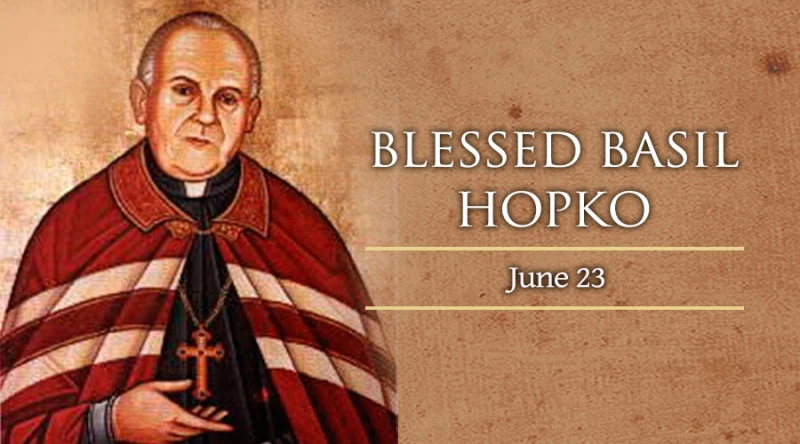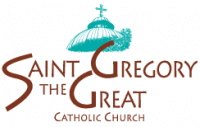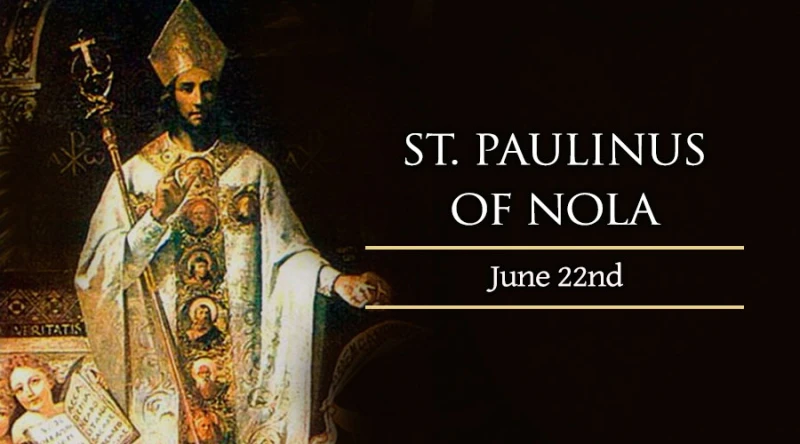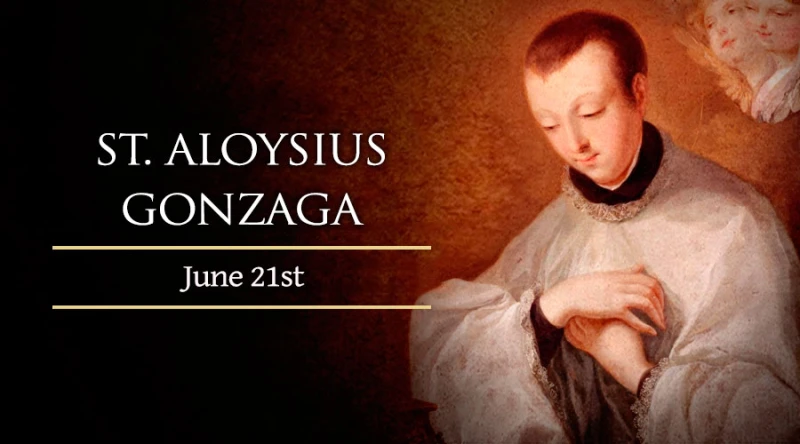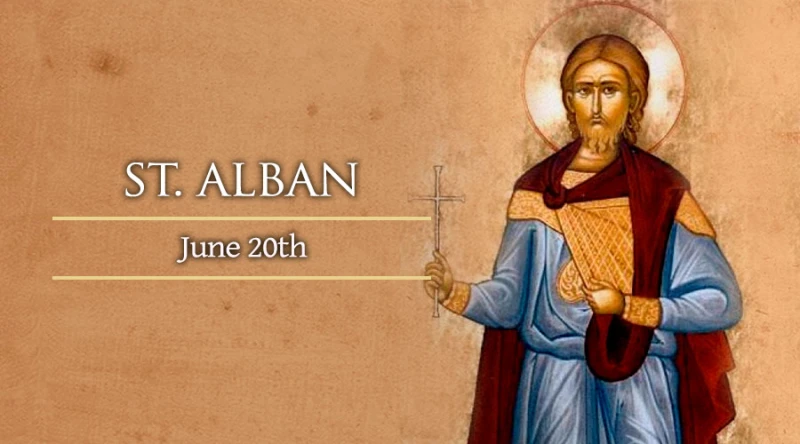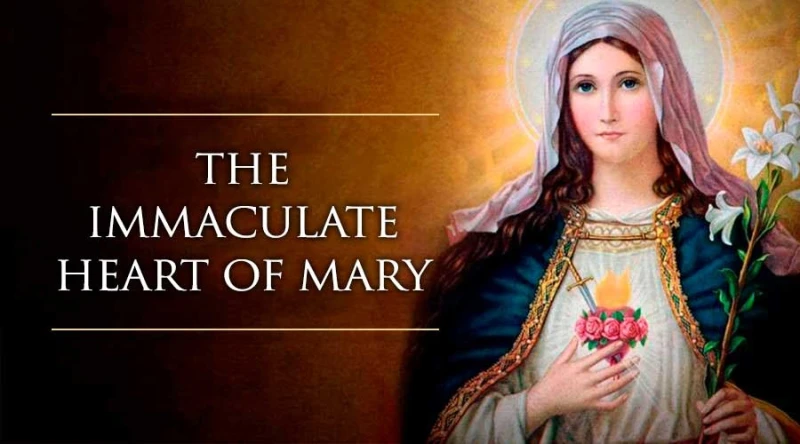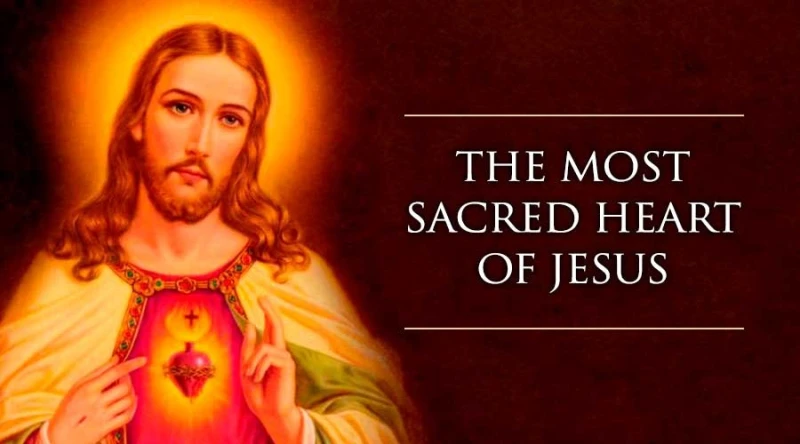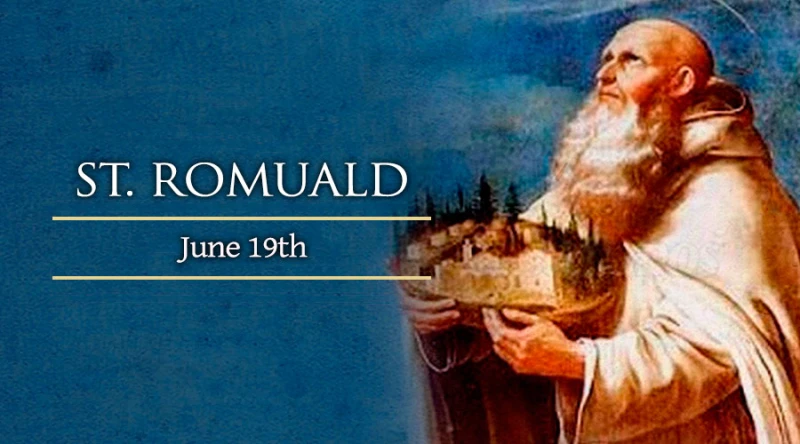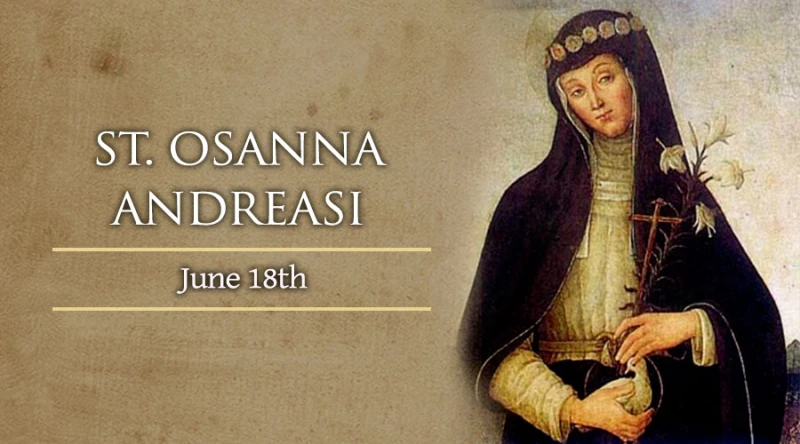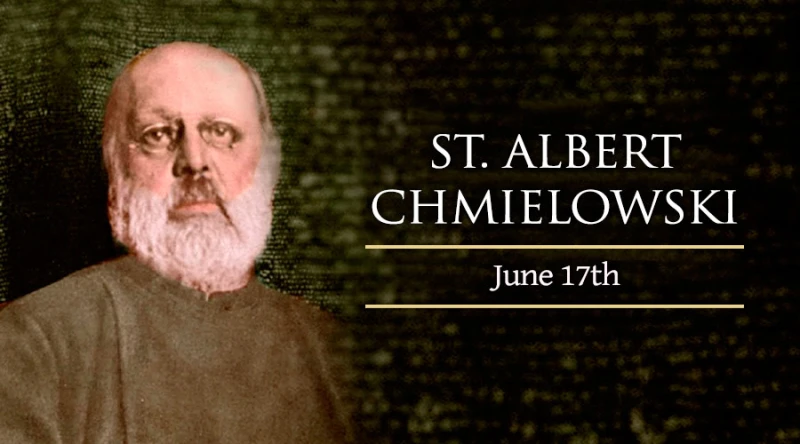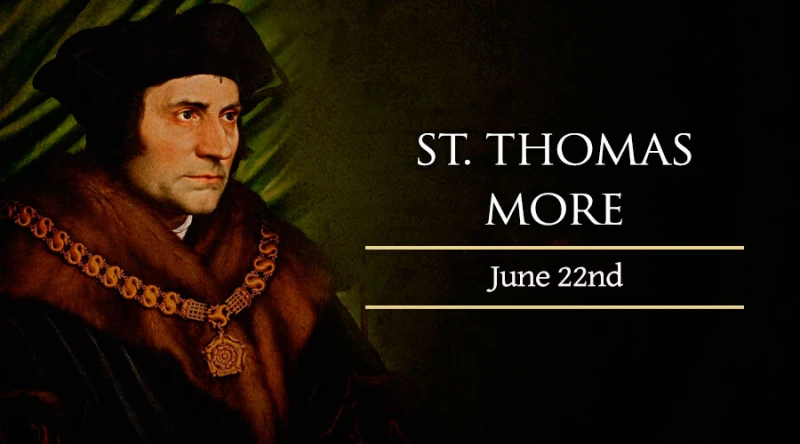 St. Thomas More
St. Thomas More
Feast date: Jun 22
On June 22, the Catholic Church honors the life and martyrdom of St. Thomas More, the lawyer, author and statesman who lost his life opposing King Henry VIII’s plan to subordinate the Church to the English monarchy.
Thomas More was born in 1478, son of the lawyer and judge John More and his wife Agnes. He received a classical education from the age of six, and at age 13 became the protege of Archbishop John Morton, who also served an important civic role as the Lord Chancellor. Although Thomas never joined the clergy, he would eventually come to assume the position of Lord Chancellor himself.
More received a well-rounded college education at Oxford, becoming a “renaissance man” who knew several ancient and modern languages and was well-versed in mathematics, music and literature. His father, however, determined that Thomas should become a lawyer, so he withdrew his son from Oxford after two years to focus him on that career.
Despite his legal and political orientation, Thomas was confused in regard to his vocation as a young man. He seriously considered joining either the Carthusian monastic order or the Franciscans, and followed a number of ascetic and spiritual practices throughout his life – such as fasting, corporal mortification, and a regular rule of prayer – as means of growing in holiness.
In 1504, however, More was elected to Parliament. He gave up his monastic ambitions, though not his disciplined spiritual life, and married Jane Colt of Essex. They were happily married for several years and had four children together, though Jane tragically died in childbirth in 1511. Shortly after her death, More married a widow named Alice Middleton, who proved to be a devoted wife and mother.
Two years earlier, in 1509, King Henry VIII had acceded to the throne. For years, the king showed fondness for Thomas, working to further his career as a public servant. He became a part of the king’s inner circle, eventually overseeing the English court system as Lord Chancellor. More even authored a book published in Henry’s name, defending Catholic doctrine against Martin Luther.
More’s eventual martyrdom would come as a consequence o f Henry VIII’s own tragic downfall. The king wanted an annulment of his marriage to Catherine of Aragon, a marriage that Pope Clement VII declared to be valid and indissoluble. By 1532, More had resigned as Lord Chancellor, refusing to support the king’s efforts to defy the Pope and control the Church.
In 1534, Henry VIII declared that every subject of the British crown would have to swear an oath affirming the validity of his new marriage to Anne Boleyn. Refusal of these demands would be regarded as treason against the state.
In April of that year, a royal commission summoned Thomas to force him to take the oath affirming the King’s new marriage as valid. While accepting certain portions of the act which pertained to Henry’s royal line of succession, he could not accept the king’s defiance of papal authority on the marriage question. More was taken from his wife and children, and imprisoned in the Tower of London.
For 15 months, More’s wife and several friends tried to convince him to take the oath and save his life, but he refused. In 1535, while More was imprisoned, an act of Parliament came into effect declaring Henry VIII to be “the only supreme head on earth of the Church in England,” once again under penalty of treason. Members of the clergy who would not take the oath began to be executed.
In June of 1535, More was finally indicted and formally tried for the crime of treason in Westminster Hall. He was charged with opposing the king’s “Act of Supremacy” in private conversations which he insisted had never occurred. But after his defense failed, and he was sentenced to death, he finally spoke out in open opposition to what he had previously opposed through silence and refusal.
More explained that Henry’s Act of Supremacy, was contrary “to the laws of God and his holy Church.” He explained that “no temporal prince” could take away the prerogatives that belonged to St. Peter and his successors according to the words of Christ. When he was told that most of the English bishops had accepted the king’s order, More replied that the saints in heaven did not accept it.
On July 6, 1535, the 57-year-old More came before the executioner to be beheaded. “I die the king’s good servant,” he told the onlookers, “but God’s first.” His head was displayed on London Bridge, but later returned to his daughter Margaret who preserved it as a holy relic of her father.
St. Thomas More was beatified by Pope Leo XIII in 1886 and canonized in 1935 by Pope Piux XI. The Academy Award-winning film “A Man For All Seasons” portrayed the events that led to his martyrdom.
Reading I 1 John 2:18-21 Children, it is the last hour; and just as you heard that the antichrist was coming, so now many antichrists have appeared. Thus we know…
Lately I have been reflecting on the importance of faith in our lives. We can read the Gospels and think they sound legit, or listen to Father at Sunday Mass…
